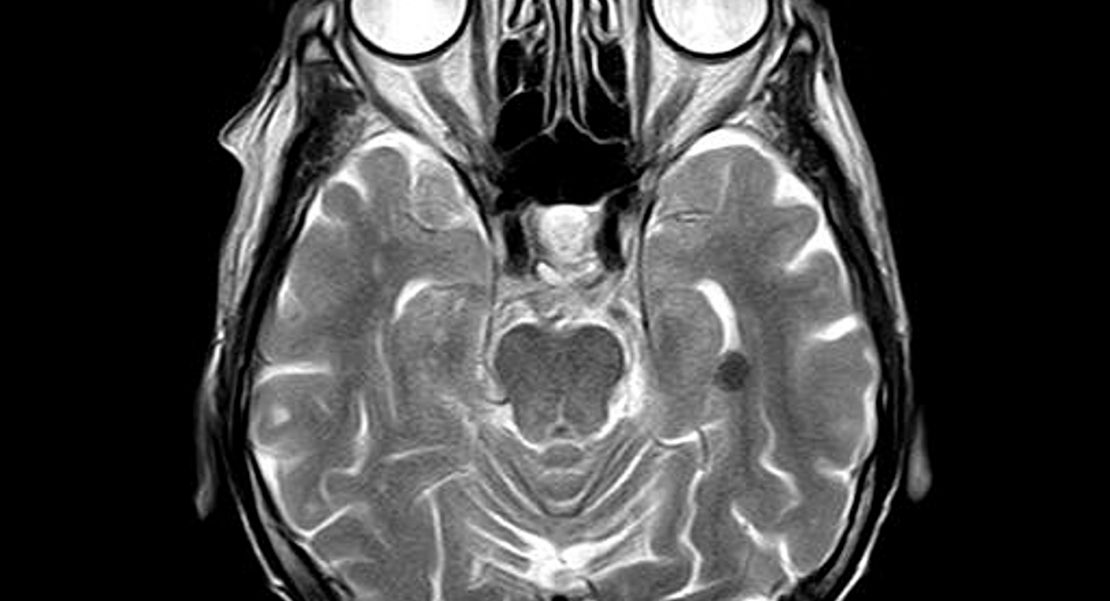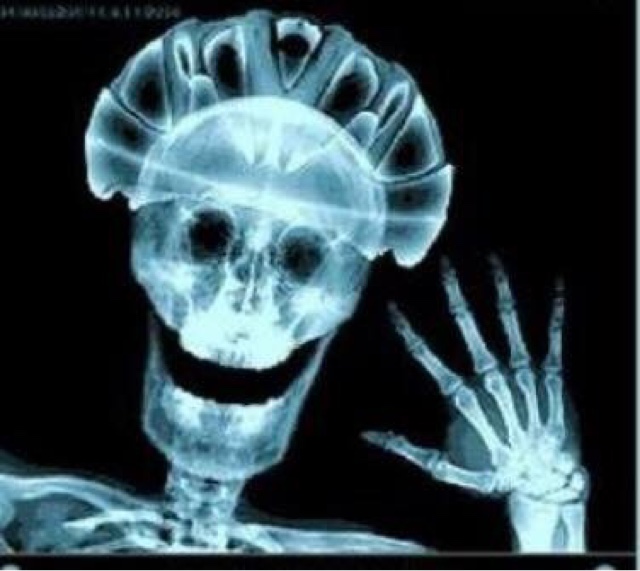When recommending MRI examinations, physicians often encounter concerns from their patients—which is understandable, but largely unnecessary. Compared with other imaging technologies, MRIs provide high-quality images with very limited risks.
Even so, physicians should certainly understand the current science surrounding various gadolinium-based contrast dyes when making their recommendations. Gadolinium dyes provide enhanced clarity, which can be essential when making a diagnosis, but they’re not always necessary, and in some cases, they may be unsafe. Speak with a radiologist in order to make appropriate decisions on a case-by-case basis.
In this article, we’ll address several recent studies; note, however, that this is not intended as a comprehensive set of recommendations or as a thorough analysis of health risks.
What are the risks of gadolinium-based contrast agents?
Research shows that gadolinium can accumulate in the brain,
most notably in the dentate nuclei and globus pallidus. As these regions of the brain are involved in motor function, it’s conceivable that motor function could be affected over time, particularly in patients who undergo numerous MRIs. Some forms of gadolinium may also disrupt the action of thyroid hormone, which is an important concern to keep in mind when administering MRIs to pregnant patients.
One perinatal
in vivo study (performed on adult mice) found that:
… when gadoterate meglumine or gadodiamide was intravenously injected into dams during perinatal period (embryonic day 15–19, single injection/day), which is the critical period for the functional organization of neuronal circuits, both GBCAs disrupted motor coordination and impaired memory function [8]. The magnitude of disruption was higher with gadodiamide.
However, in human patients, these neurological effects haven’t been established. There’s
no evidence to suggest that gadolinium deposition in the brain affects neurological function, and the mere presence of gadolinium deposits shouldn’t be perceived as a reason to forego dye-enhanced MRIs, particularly when dyes would provided a diagnostically useful image that wouldn’t be attainable otherwise.
A more pressing concern is nephrogenic systemic fibrosis, a rare condition which
has been proposed as causally linked to gadolinium contrast dyes. This typically isn’t a concern in healthy patients, but gadolinium agents should not be administered to patients with severe kidney issues.
In the vast majority of cases, gadolinium contrast agents could allow for faster, more thorough treatment of serious health conditions, and the benefits of contrast dyes will greatly outweigh the potential risks.
Should physicians recommend contrast-free MRI scans to patients?
Since gadolinium deposits accumulate in the brain, contrast dyes shouldn’t be used haphazardly. A
2017 review from the International Society for Magnetic Resonance in Medicine (ISMRM) recommended that the MRI community avoid using gadolinium-based contrast agents when they are not necessary.
Of course, this is a fairly obvious conclusion for physicians—the real question is what constitutes a medical necessity. The ISMRM stopped short of recommending wide changes to the way that contrast dyes are used, and to date, there’s no evidence linking gadolinium deposits in the brain and adverse health effects.
It’s also important to note that different contrast dyes accumulate in different ways. While all gadolinium-based agents seem to form deposits in the aforementioned regions of the brain, the size of these deposits vary; gadoterate meglumine (macrocyclic GBCA), for instance, does not seem to significantly change thyroid hormone action.
With this in mind, physicians should recommending MRI scans with gadolinium-based contrast agents to pregnant women. When patients are likely to undergo numerous MRI scans, gadolinium-based contrast agents should be used as infrequently as possible.
Finally, patients who have a high susceptibility to renal failure should not be exposed to gadolinium-based contrast dyes, unless there is no viable alternative. When this is the case, lower-risk gadolinium agents are obviously preferable.
However, it’s important to note that, at this point, there is no evidence showing that gadolinium is inherently unsafe. When compared with the iodine-based agents used for x-ray examinations, gadolinium contrast dyes are largely preferable.
Physicians who need fast access to MRI services can make referrals through the Precise Imaging physician’s portal. This online tool provides anytime access to the crucial services we provide.
Call Precise Imaging at 800-558-2223 to make a referral or schedule an appointment today.
References:
Ariyani, W., Khairinisa, M.A., Perrotta, G. et al. The Effects of Gadolinium-Based Contrast Agents on the Cerebellum: from Basic Research to Neurological Practice and from Pregnancy to Adulthood.
Cerebellum. (2018) 17: 247.
https://doi.org/10.1007/s12311-017-0903-4
Goischke, HK. MRI With Gadolinium-Based Contrast Agents: Practical Help to Ensure Patient Safety.
J Am Coll Radiol. 2016;13(8):890.
https://doi.org/10.1016/j.jacr.2016.05.007
Gulani V, Calamante F, Shellock FG, Kanal E, Reeder SB. Gadolinium deposition in the brain: summary of evidence and recommendations.
The Lancet. 2017;16(7):564-570. Published 2017 Jul 1. doi:
doi.org/10.1016/S1474-4422(17)30158-8
Khairinisa MA et. al. The Effect of Perinatal Gadolinium-Based Contrast Agents on Adult Mice Behavior.
Invest Radiol. 2018;53(2):110-118. Published Feb 2018. doi:
10.1097/RLI.0000000000000417
Schlaudecker JD, Bernheisel CR. Gadolinium-associated nephrogenic systemic fibrosis.
Am Fam Physician. 2009:80(7):711-4. Published Oct 1 2009. PMID:
19817341.








